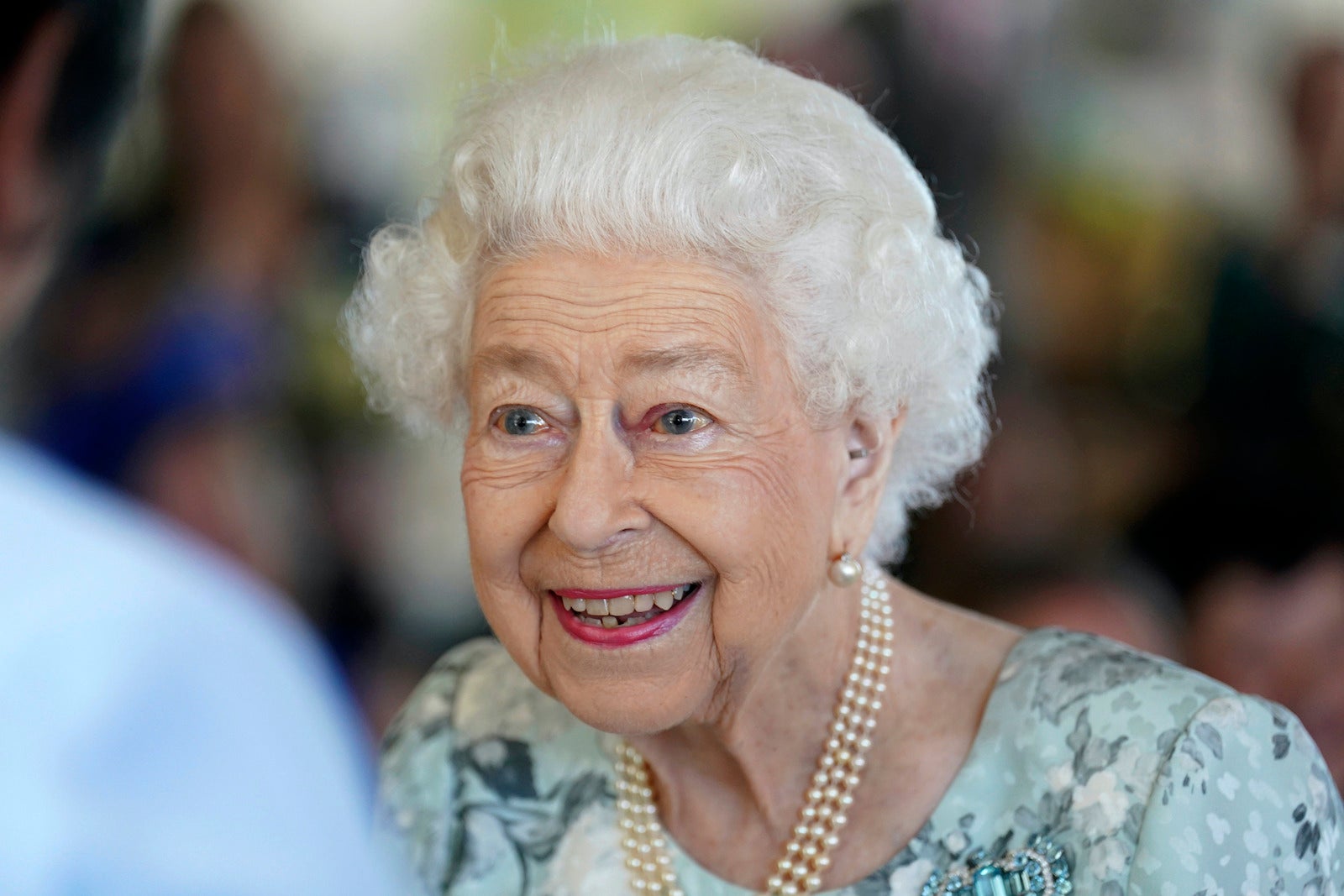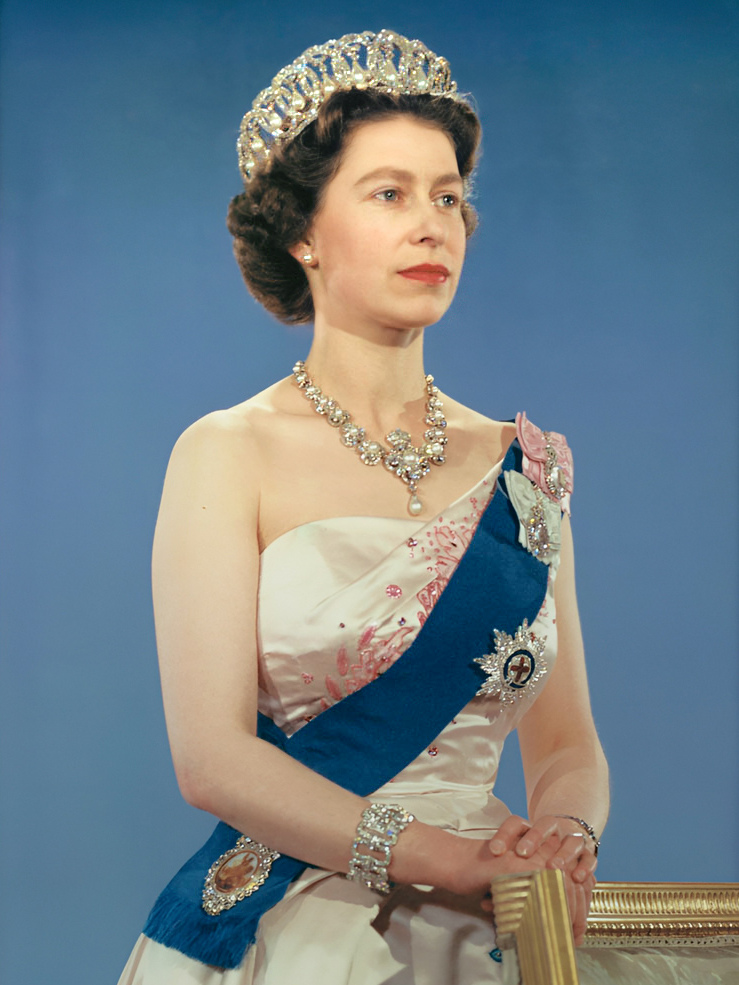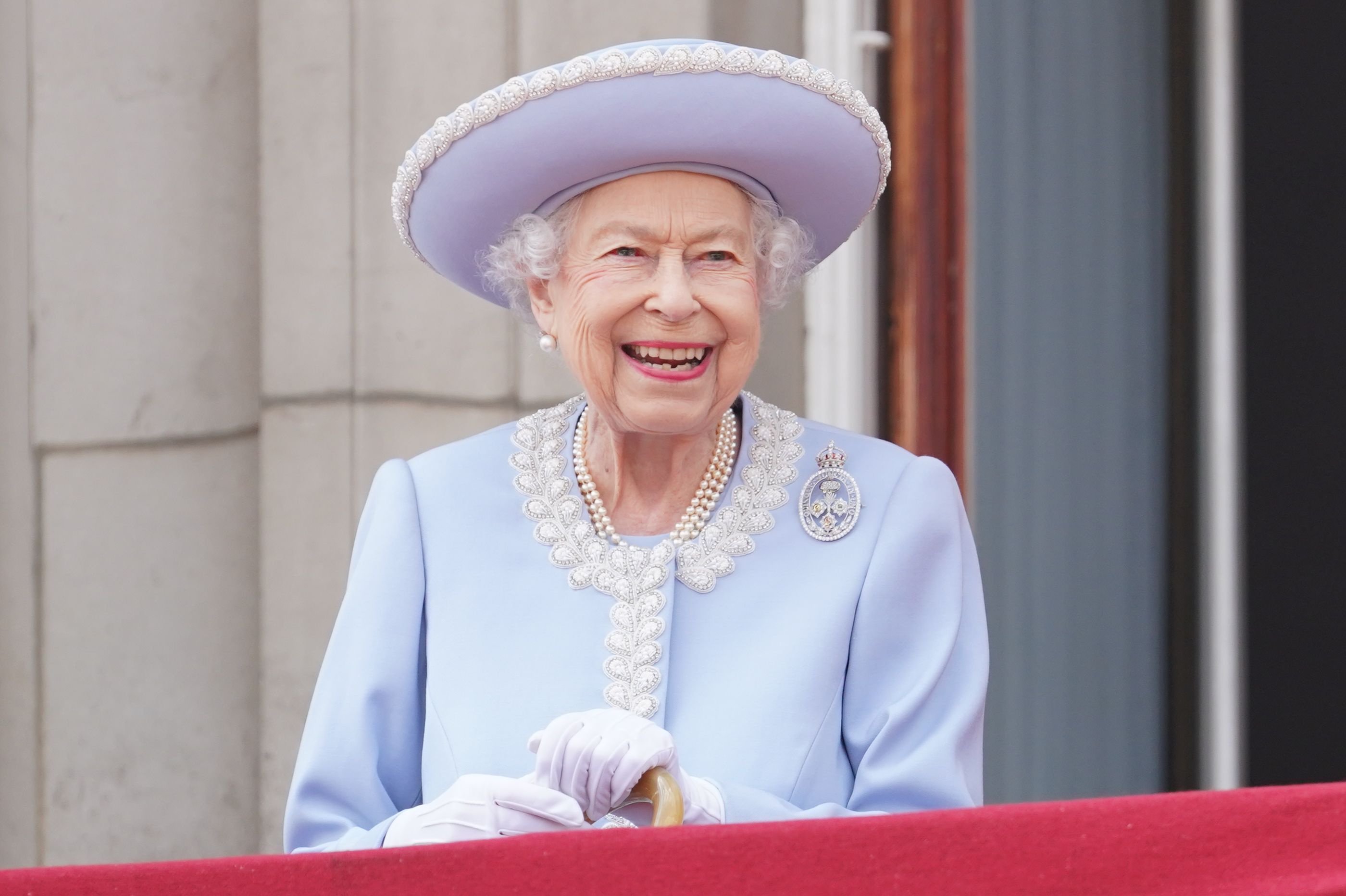For anyone who has ever felt the earth move beneath their feet to the sound of a rock anthem, there is a good chance the steady, grounding pulse of Queen was doing its quiet, yet utterly essential, work. It's almost as if the very foundation of those legendary tunes came from a place of deep, musical thought, providing a solid anchor for all the soaring vocals and fiery guitar solos. That sense of quiet strength, really, is what a lot of people associate with the group's bassist, John Deacon, whose contributions were, in a way, the glue holding so much together.
When you consider the full picture of what Queen became, it’s pretty clear that each person played a part that was, well, pretty unique. The band, you know, came together back in 1970, a time when a lot of young musicians were just starting out, dreaming of making sounds that would echo for ages. It was, in some respects, a moment for fresh beginnings, and John Deacon was right there from the early days, helping to shape what would become a truly iconic sound, laying down the rhythmic heart for everything that followed.
The story of Queen is, in fact, a collective one, a tale of four individuals coming together to create something much bigger than themselves. From those initial practices to signing their very first big recording agreement with EMI in 1973, every step was a shared experience. John Deacon, being a core member, was right there through it all, contributing his distinct musical ideas and helping to build the framework for what would eventually captivate listeners across the globe. We will explore how his presence helped define the band's journey, from their first recordings to their self-produced later works.
Table of Contents
- The Quiet Force Behind the Sound – Who Was John Deacon?
- The Early Beat – When Did Queen Begin Their Musical Journey?
- Laying Down the Tracks – Queen's First Steps in the Studio
- A Voice That Soared – What Made Freddie's Talents Shine?
- Taking the Stage – The Band's First Big Shows
- Crafting Their Own Sound – How Did Queen Evolve in the Studio?
- The Lasting Notes – John Deacon's Enduring Legacy
The Quiet Force Behind the Sound – Who Was John Deacon?
When we talk about Queen, it's pretty typical for people to think about the incredible stage presence of Freddie Mercury or the distinct guitar work of Brian May, and even Roger Taylor's powerful drumming. Yet, there was always a fourth member, John Deacon, whose musical contributions were, well, truly foundational. He was the one who, in a way, provided the heartbeat, the deep, steady pulse that allowed the others to shine so brightly. While the provided information focuses on the band's overall story, it's clear that John Deacon was an indispensable part of every step they took. Information about his personal life or specific biographical details, such as birth date or full name, is not available in the given text. Therefore, a table with his personal bio data cannot be created from this material, but we can certainly explore his presence within the band's journey.
The Early Beat – When Did Queen Begin Their Musical Journey?
The formation of Queen in 1970 was, basically, the start of something truly special. For John Deacon and the others, it must have felt like a period filled with a lot of hope and, you know, probably a fair bit of uncertainty too. Picture it: a group of musicians coming together, sharing ideas, and trying to find their collective voice. This was the environment where John Deacon, with his calm demeanor and musical instincts, helped to shape the very first sounds that would define them. His presence from the absolute beginning meant he was deeply involved in the very first musical conversations and experiments that, in some respects, set the stage for everything that was to come.
Laying Down the Tracks – Queen's First Steps in the Studio
The year 1973 was, in fact, a huge turning point for the band. That's when they put their names on their very first recording agreement with EMI. For any aspiring musician, signing that kind of deal must feel like a dream coming true, a confirmation that all the hard work and dedication were, well, really paying off. John Deacon, along with the rest of the band, must have felt a huge wave of excitement, knowing that their music was finally going to reach a wider audience. This agreement meant they were truly stepping onto a bigger stage, ready to show the world what they could do, and John Deacon was, very much, a part of that shared anticipation.
- Joy Vogelsang
- Jada Pinkett Smith Movies And Tv Shows
- Cast Of Fast 7
- Francine Racette
- Kylie Jenner Children
That very same year, 1973, saw the arrival of their first full-length collection of songs, simply titled "Queen." Releasing a debut collection is, you know, a massive moment for any musical group. It’s the first time their creative output is truly put out there for everyone to hear and judge. For John Deacon, it meant seeing the sounds they had crafted together finally take a physical form, something tangible that listeners could hold and experience. The creation of this collection, with its fresh and, in a way, bold sounds, was a collective endeavor, and John Deacon's steady bass lines were, really, the anchor for so many of those early tunes, giving them a solid, grounded feel.
The process of creating that debut collection, "Queen," took place in London between 1971 and 1972. They spent time in a couple of different places, namely Trident Studios and De Lane Lea Studios. Imagine the atmosphere in those recording spaces: the hum of the equipment, the smell of the old recording tape, and the intense focus required to capture each musical moment just right. John Deacon would have been right there, laying down his bass parts, probably spending hours getting the feel and tone exactly as they wanted it. It was a period of intense creative effort, and the sounds they captured in those rooms would, in a way, become the blueprint for their future successes.
When it came to making the sounds on that first collection, almost every single song was a group effort in terms of how it was put together. The band themselves, along with Roy Baker and some people from Trident's, all had a hand in shaping the final sound. This collaborative approach meant that everyone, including John Deacon, was deeply involved in making decisions about how the music would be presented. It speaks to a shared vision, a common goal to create something truly special. John Deacon's input during these production sessions would have been, very much, about ensuring the bass parts provided the right foundation, a steady pulse for the more flamboyant elements that were starting to emerge.
A Voice That Soared – What Made Freddie's Talents Shine?
By the time that first collection was being put together, it was, quite clearly, becoming obvious just how special Freddie Mercury’s abilities were. He possessed a singing voice with a truly impressive range, able to hit notes that seemed, in a way, almost impossible. And then there was his stage presence, a captivating energy that gave Queen its very distinct and, you know, wonderfully unpredictable character. John Deacon, as a bandmate, would have witnessed this unfolding firsthand, seeing how Freddie’s unique way of performing was shaping the band’s identity. The rhythm section, with John Deacon on bass, provided the solid ground for Freddie's vocal flights, creating a perfect balance between stability and expressive freedom.
Taking the Stage – The Band's First Big Shows
Following the release of their first collection, 1973 and 1974 brought Queen their very first major tour across the UK. Stepping onto a stage in front of a live audience, especially for a new band, must be an exhilarating, yet, in a way, slightly nerve-wracking experience. For John Deacon, it meant translating the sounds they had created in the studio into a live setting, feeling the energy of the crowd and responding to it. These early shows were crucial for the band to connect with listeners face-to-face, to build their following, and to really hone their live performance skills. John Deacon's calm and steady presence on stage was, very often, a grounding force, allowing the more flamboyant members to truly express themselves while he kept the musical framework solid.
Crafting Their Own Sound – How Did Queen Evolve in the Studio?
Fast forward a few years to 1977, and Queen was, you know, making their sixth full-length collection of songs. This one was put together between July and September of that year, in two different recording places: Basing Street and Wessex. What makes this period especially interesting is that, for the very first time, the band took on the job of putting the record together themselves. This was a significant step, a clear sign that they were taking more creative control over their sound and artistic direction. John Deacon, being a key part of the group, would have been deeply involved in this process, contributing his ideas and helping to shape the overall sound. This move to self-production showed a growing confidence in their collective abilities and, in a way, solidified their artistic independence, with John Deacon's steady hand guiding the rhythmic aspects.
The Lasting Notes – John Deacon's Enduring Legacy
Even though the provided text mentions John Deacon simply as one of the members, his presence in the band's history, from their formation in 1970 to their various studio efforts, speaks volumes. He was, basically, the quiet, yet absolutely essential, force behind many of Queen’s most memorable songs. His ability to create bass lines that were both simple and incredibly effective, providing a deep groove that supported everything else, was, you know, truly special. His contributions were, in a way, the solid ground upon which the more flamboyant elements of Queen could build and soar. The music they made, with John Deacon as a core part, continues to resonate with people, showing the lasting impact of their collective creative spirit.
Related Resources:
Detail Author:
- Name : Ken Wyman PhD
- Username : dustin.smith
- Email : ulices18@reichel.com
- Birthdate : 2001-05-18
- Address : 74464 Cruickshank Isle South Antwanbury, MT 95052
- Phone : 478-940-5262
- Company : O'Keefe and Sons
- Job : Gluing Machine Operator
- Bio : Illo nesciunt labore nemo sed sit aut officiis libero. Quia eos eaque eveniet iure.
Socials
tiktok:
- url : https://tiktok.com/@karenkuhic
- username : karenkuhic
- bio : Et maxime et earum pariatur mollitia eum quidem.
- followers : 4404
- following : 675
facebook:
- url : https://facebook.com/karenkuhic
- username : karenkuhic
- bio : Quia enim eos sunt non reiciendis ut reiciendis. Et porro voluptates quidem ex.
- followers : 1071
- following : 1999
linkedin:
- url : https://linkedin.com/in/karenkuhic
- username : karenkuhic
- bio : Cumque et enim et reprehenderit laborum.
- followers : 6092
- following : 857
twitter:
- url : https://twitter.com/karen_real
- username : karen_real
- bio : Rerum saepe minus ipsam ut est voluptas. Suscipit voluptatem id aut architecto et. Molestiae qui voluptas ea earum aut commodi nemo illo.
- followers : 351
- following : 1742
instagram:
- url : https://instagram.com/karen.kuhic
- username : karen.kuhic
- bio : Et iste repellat est nam. Ipsa quasi odio et perferendis vero sint.
- followers : 5137
- following : 688


